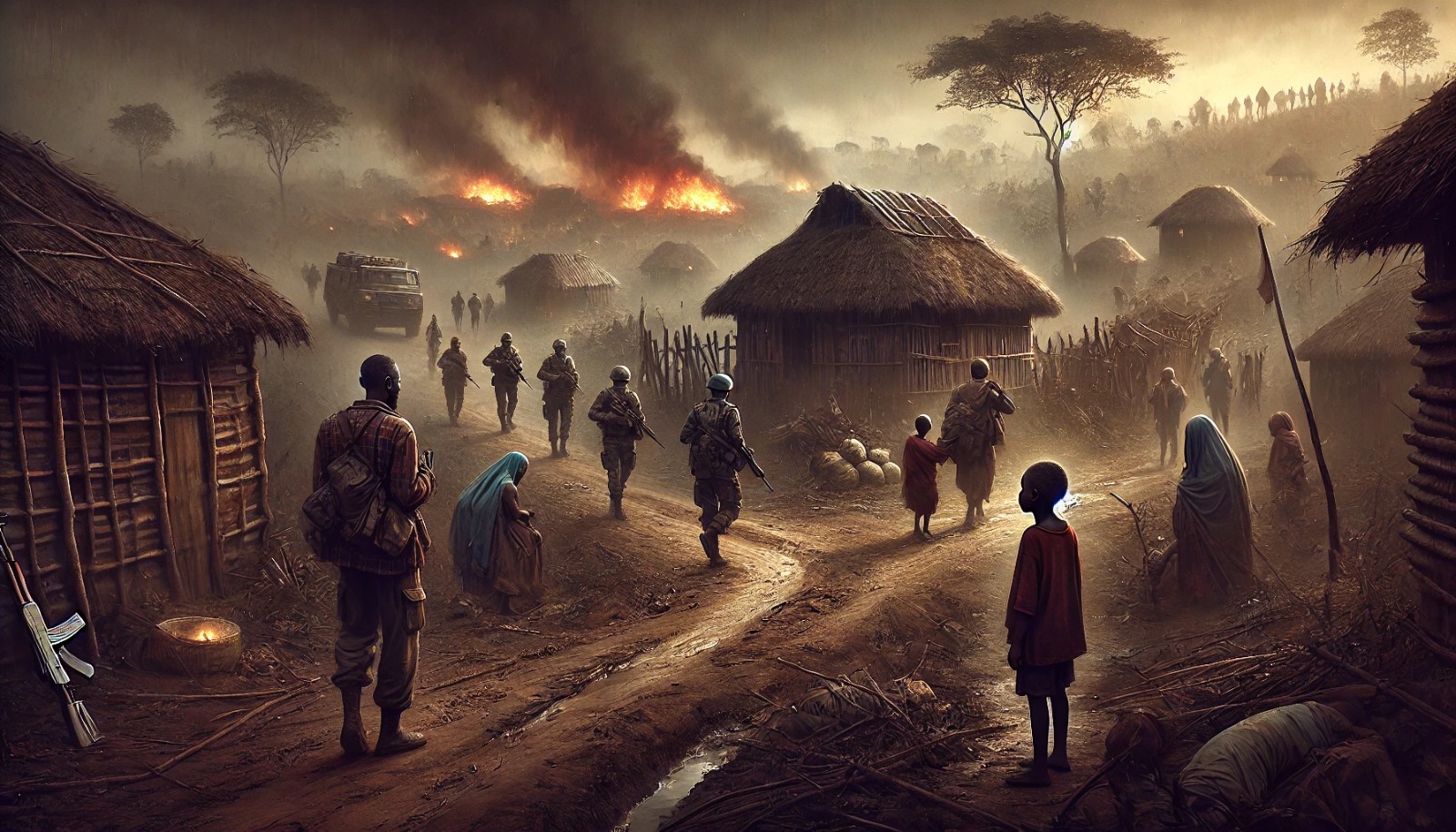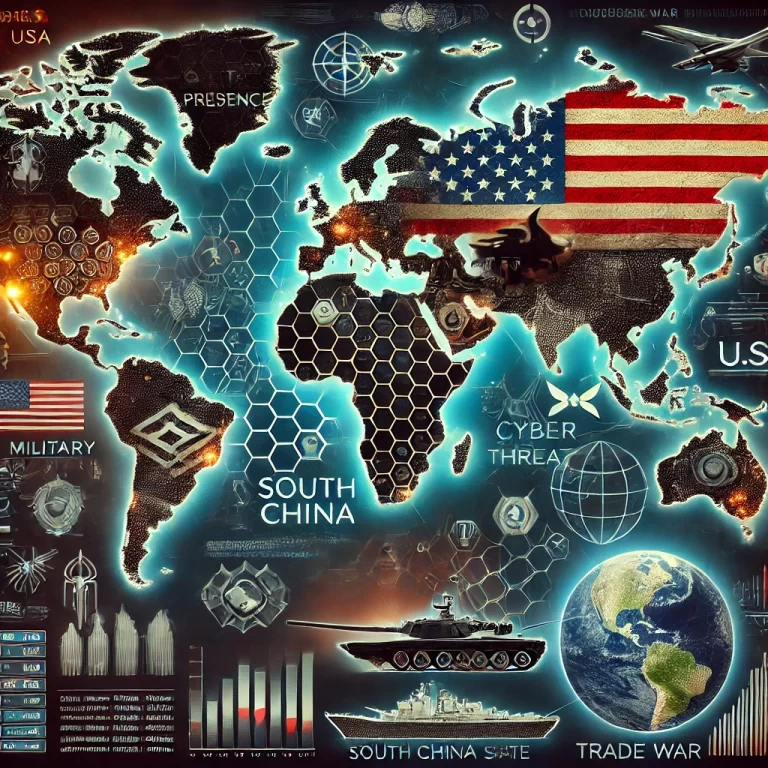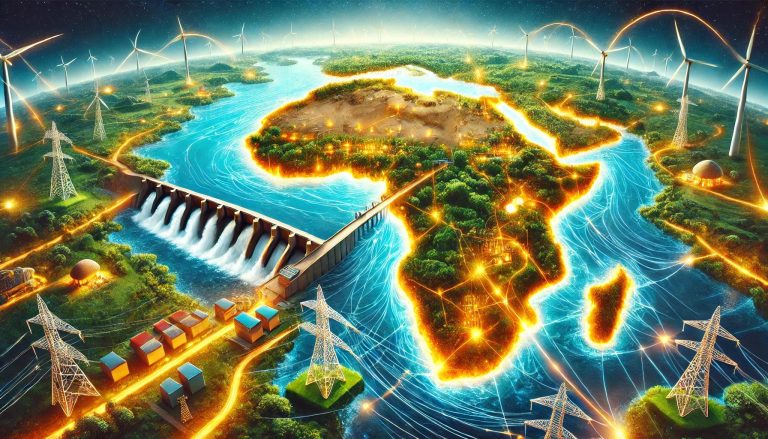
IN-DEPTH REPORT – North Kivu: The Horror of an Unending War
Nestled in the lush, mineral-rich hills of the eastern Democratic Republic of Congo (DRC), North Kivu Province has become the theatre of one of the world’s most brutal and protracted conflicts. This investigation delves into the tragic tapestry of North Kivu’s war, presenting verified facts, testimonies, and expert analysis to shed light on a conflict that demands urgent global attention.
Introduction
Nestled in the lush, mineral-rich hills of the eastern Democratic Republic of Congo (DRC), North Kivu Province has become the theatre of one of the world’s most brutal and protracted conflicts. From forced child conscription to systemic sexual violence and the exploitation of valuable minerals such as coltan, this war has scarred generations. While local communities endure unimaginable suffering, the international spotlight often shifts elsewhere.
This investigation delves into the tragic tapestry of North Kivu’s war, presenting verified facts, testimonies, and expert analysis to shed light on a conflict that demands urgent global attention.
Historical Roots of the Crisis
Violence in North Kivu cannot be separated from the broader history of unrest in the Great Lakes Region. Following the 1994 Rwandan genocide, thousands of refugees and former combatants streamed into eastern DRC, exacerbating long-standing ethnic and territorial tensions. According to Human Rights Watch (2022), small local militias were initially formed to safeguard specific communities but steadily evolved into fully-fledged armed groups. Over time, these factions fragmented, forming new alliances or feuding with one another over territory and resources.
Today, the United Nations Office for the Coordination of Humanitarian Affairs (OCHA, 2023) estimates there are over 5.6 million internally displaced people (IDPs) across the DRC, with North Kivu bearing the heaviest burden. The region’s mineral wealth—gold, diamonds, cobalt, and particularly coltan—fuels the conflict, as control over mining sites provides an illicit revenue stream for militias and other belligerents.
The M23 Offensive and Regional Tensions
Among the many armed groups in North Kivu, the M23 rebelshave become emblematic of the region’s volatility. First active in 2012, M23 re-emerged in late 2021 with renewed vigour, capturing strategic territories near the provincial capital, Goma. The Congolese government accuses neighbouring Rwanda of covertly supporting the rebels—an allegation Kigali persistently denies.
In a rare on-camera interview analysed in local media and UN mission reports M23 leaders claim they are merely defending the rights of the Congolese Tutsi community, which they say faces discrimination and persecution. Critics, including Congolese military officials, argue that M23’s territorial ambitions and resource interests belie any purely defensive stance.
Since autumn 2022, M23’s encirclement of Goma and its blockade of key roads have created a humanitarian crisis, severely restricting the delivery of essential supplies.
The Plight of Civilians
The Enduring Trauma of Sexual Violence
Among the most harrowing aspects of this conflict is the widespread use of rape as a weapon of war. Multiple humanitarian organisations, including Médecins Sans Frontières (MSF), report a surge in sexual violence cases over the past two years, particularly in remote villages and refugee camps.
One survivor, identified as Anita described how militiamen tied up her husband and assaulted her in front of her children.
“I do not understand why, whenever conflict erupts, we women are the first to suffer,” she said, encapsulating the despair of countless survivors.
Child Soldiers and Forced Recruitment
Equally devastating is the abduction and militarisation of children. UNICEF estimates that thousands of minors—some as young as nine—are conscripted by armed groups.
A 14-year-old girl, Giselle, revealed how commanders forced her to use a machete against injured civilians, threatening to kill her if she disobeyed.
“They gave me drugs and made me believe I was under their magic,” she recounted, eyes downcast.
Such stories exemplify the cruelty inflicted upon the most vulnerable. While some children manage to escape and receive counselling in rehabilitation centres, many remain trapped in this cycle of violence.
The War Economy: Minerals and Mayhem
An essential driver of the violence is coltan (columbite-tantalite), a mineral indispensable for manufacturing mobile phones, computers, and electronic devices.
According to Amnesty International research, armed factions impose illegal taxes, control mining sites through terror, and smuggle coltan across porous borders. This trade perpetuates a vicious cycle: profits from illicit mineral sales fund the purchase of more weapons, further escalating the conflict.
Local miners work in perilous conditions, often at gunpoint. Revenues rarely benefit ordinary Congolese, as warlords and foreign traders reap the profits while communities remain impoverished and desperate for basic services such as healthcare, education, and clean water.
Government and International Responses
The Congolese government has repeatedly declared states of siege and launched military offensives in North Kivu. However, poor infrastructure, limited manpower, and corruption allegations have undermined these efforts.
Even the presence of the United Nations peacekeeping force, MONUSCO, has not quelled the violence. Critics argue that while MONUSCO provides humanitarian support and security backup, the mission remains overstretched and constrained by complex rules of engagement.
International interest in the conflict is sporadic at best. While humanitarian agencies such as MSF and UNICEF provide critical assistance, they struggle against funding shortages and security risks.
The Human Cost: Hope Amid Despair
Despite systematic violence, local communities continue to show extraordinary resilience. Women’s groups organise clandestine counselling sessions, farmers attempt to rebuild their homes, and former child soldiers find solace in education programmes.
Yet, these grassroots efforts remain fragile. Survivors plead for an end to the violence, but they also yearn for the means to rebuild their lives.
Anita’s voice echoes countless testimonies:
“I do not want to see more children in the hands of armed men. We cannot lose hope, but we need help—real help—before it is too late.”
Conclusion: A Call for Collective Action
It is all too easy to dismiss North Kivu as a distant tragedy unfolding in an obscure corner of the world. Yet, this war resonates far beyond Congolese borders: coltan extracted from conflict zones fuels the global electronics industry, making it a crisis that implicates us all.
The suffering of displaced families, traumatised children, and brutalised women demands a collective moral reckoning. A long-term solution must go beyond military intervention. It requires:
● Robust diplomatic negotiations with all concerned parties.
● Transparent mineral supply chains to curb illicit funding of armed groups.
● Sustained humanitarian support to aid the displaced and the vulnerable.
● Addressing root causes such as ethnic tensions, poverty, and land disputes.
As we bear witness to this unending nightmare, we must stand in solidarity with the people of North Kivu. Their resilience serves as a call to the international community—not just to acknowledge their plight, but to act decisively.
Humanity owes North Kivu nothing less than its full attention—now and for as long as it takes to end this war and bring lasting peace.
Aric Jabari is the Editorial Director of the Sixteenth Council.



